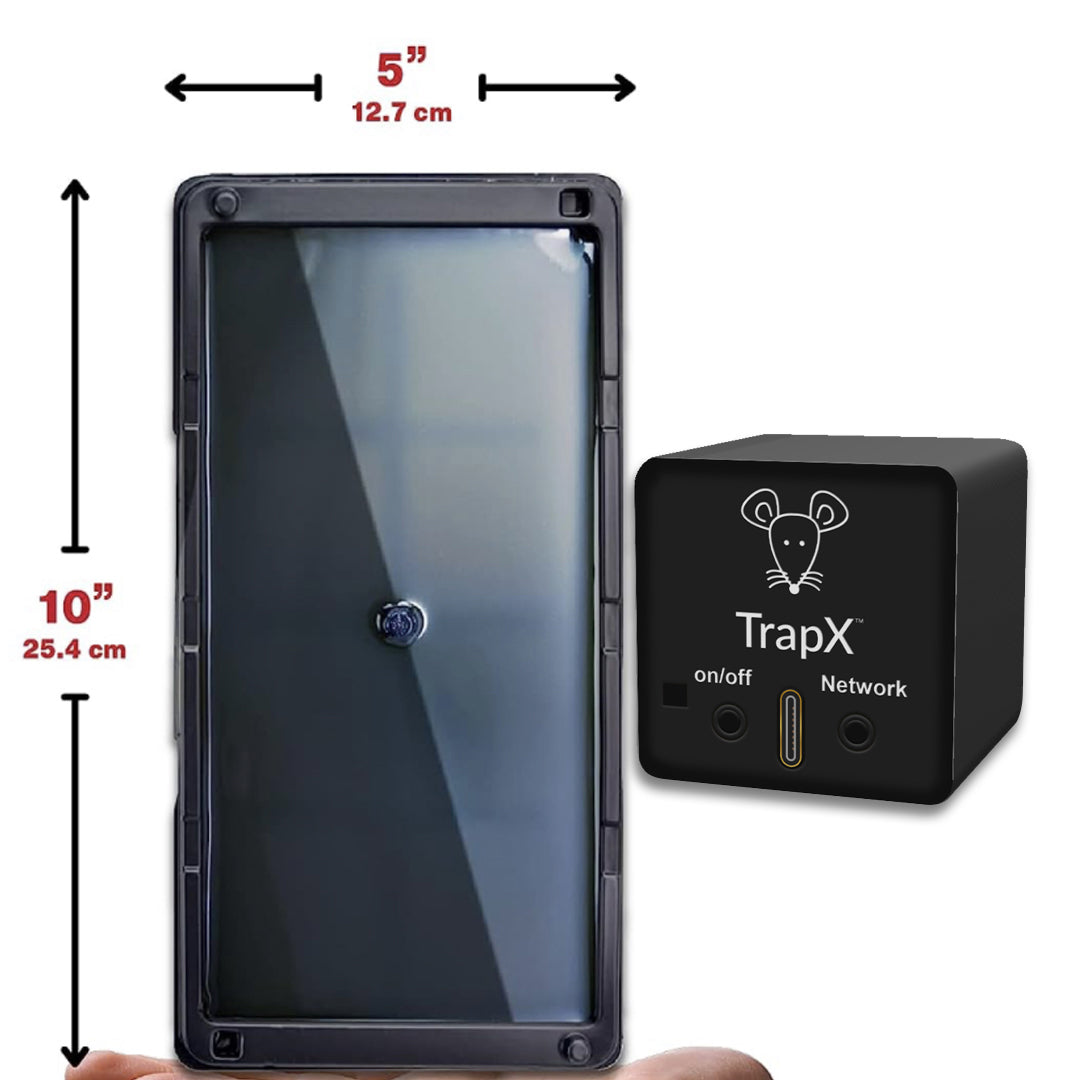The Ultimate Guide on How to Trap a Mouse: Effective Tips and Techniques
Share
Are you tired of dealing with pesky mice running around your home? Don't worry, you're not alone. Many people struggle with mouse infestations, but the good news is that there are effective ways to trap and get rid of these unwanted guests. In this comprehensive guide, we will explore various techniques and tips on how to trap a mouse successfully.

Understanding Mouse Behavior
Before we dive into the different trapping methods, it's essential to understand a bit about mouse behavior. Mice are small rodents that are known for their ability to squeeze through tiny openings and reproduce rapidly. They are attracted to food sources and can contaminate your home with their droppings, urine, and hair. By understanding their behavior, you can create an effective trapping strategy.
Choosing the Right Mouse Trap
When it comes to trapping mice, there are several options available. The most common types of mouse traps include:
- Traditional snap traps
- Glue traps
- Electronic traps
- Live traps
Each type of trap has its pros and cons, so it's important to choose the one that suits your needs and preferences. Traditional snap traps are inexpensive and easy to set up, but they can be dangerous if not handled properly. Glue traps are sticky boards that capture mice, but they may not be as effective for larger infestations. Electronic traps deliver a quick and humane kill, while live traps allow you to catch the mouse alive and release it outside.
Placement of Mouse Traps
Once you have chosen the right trap, the next step is to determine where to place it. Mice are known to follow specific paths and travel along walls, so it's best to set up traps along their routes. Common areas to place mouse traps include:
- Behind appliances
- Near entry points
- In the attic or basement
- Along walls and baseboards
It's important to place the traps in areas where mice are likely to travel to increase your chances of catching them. Make sure to place the traps out of reach of children and pets to avoid any accidents.
Baiting the Mouse Trap
Baiting the trap is a crucial step in trapping a mouse successfully. Mice are attracted to food sources, so using bait can entice them into the trap. Some common bait options include:
- Peanut butter
- Cheese
- Chocolate
- Seeds or nuts
Place a small amount of bait on the trigger of the trap to lure the mouse in. Be careful not to use too much bait as it may allow the mouse to eat without triggering the trap. Change the bait regularly to keep it fresh and enticing.
Checking and Resetting the Traps
Once you have set up the traps, it's important to check them regularly. Mice are curious creatures, and they may investigate the trap without getting caught. Check the traps daily and remove any captured mice. If you haven't caught any mice after a few days, consider repositioning the traps or changing the bait. It may take some trial and error to find the most effective trapping strategy for your situation.

Preventing Future Mouse Infestations
While trapping mice is an effective short-term solution, it's essential to take steps to prevent future infestations. Here are some preventive measures you can take:
- Seal any cracks or openings in your home
- Keep your home clean and free of food debris
- Store food in airtight containers
- Remove clutter and potential nesting materials
- Trim trees and shrubs away from your home
By implementing these preventive measures, you can reduce the likelihood of mice returning to your home.

Conclusion
Trapping mice can be a challenging task, but with the right techniques and strategies, you can successfully eliminate these unwanted pests from your home. Remember to choose the right trap, place it strategically, and bait it effectively. Regularly check and reset the traps to increase your chances of catching mice. And don't forget to take preventive measures to avoid future infestations. By following these tips and techniques, you'll be well on your way to a mouse-free home.
